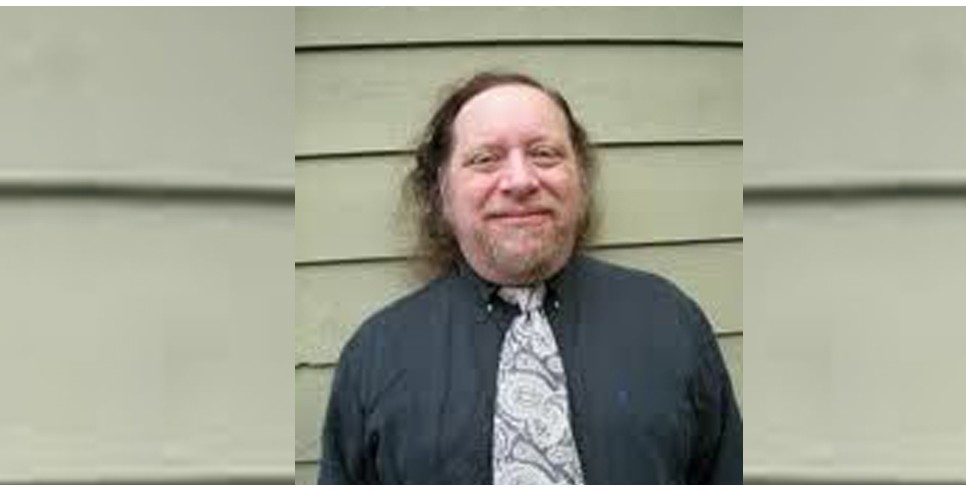
If a high, tight collar and a necktie feel like a self-knotted noose, curse the ghost of Beau Brummel, the influential English fashion maven of the Regency Period (just after the American War of Independence, if you’re not sure).
On the other hand, thank Beau Brummel for having consigned knee-pants with high stockings, and brocaded jackets with plumed hats to the movie studios’ wardrobe departments.
Beau Brummel himself did not wear a tie. He mostly went out in public with a lace-frilled ascot tied around his neck. What saved us from that was a Croatian innovation called the cravat, which added a burst of color to a set of otherwise austere tones. And it was the cravat that eventually metamorphosed into the modern tie.
While the standard conservative business attire is still a dark suit with a white shirt and single color tie — typically red or blue, the center line of the chest is the one place where men are allowed to break out of the conforming mold of stylistic similarity and express their wild side.
From Wal-Mart and Walgreens to New York’s Bergdorf Goodman and Oslo’s in Seattle’s Queen Anne neighborhood, ties come adorned with everything from classic Warner Bros. cartoon characters to the Psychedelic Era-inspired patterning of the late Jerry Garcia, and a rainbow array of embroideries and brocades that would make the Regency fops flip over in their graves with envy.
When American men need to be taken seriously, they put on a tie. And today, they have more individual ways to conform to fashion. Fat or skinny, a Windsor knot or a Four-in-Hand (or even something really fancy learned on YouTube), Jacquard weave, hand-painted or tie-dyed, the necktie has become a safe form of rebellion, a chance to let our freak flags fly, discretely.










